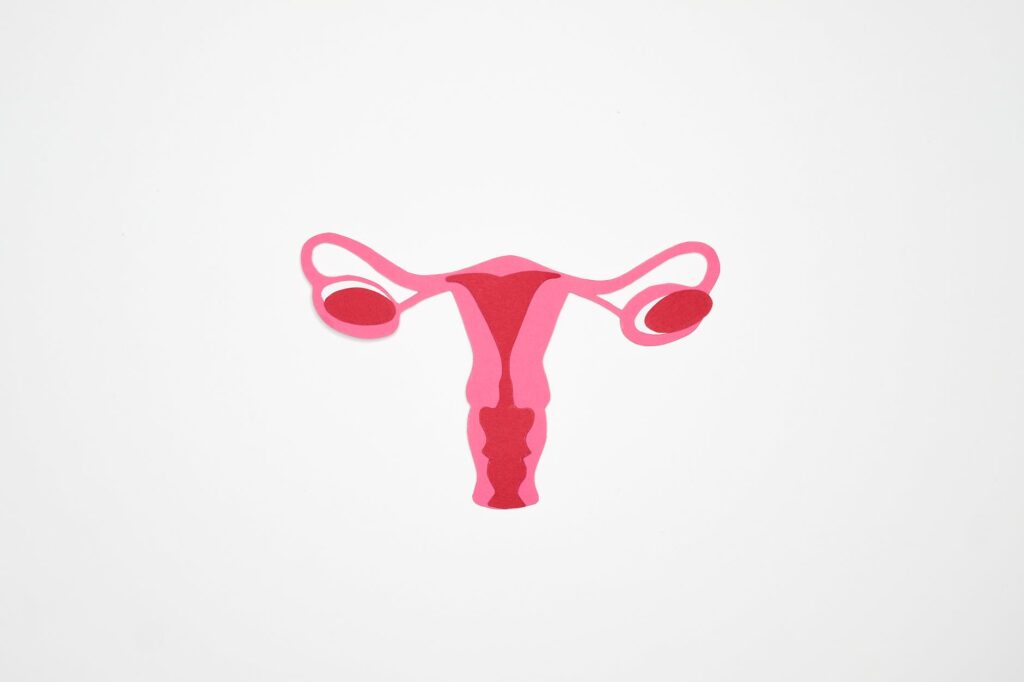
Introduction
Assisted reproductive technologies (ART) have transformed the field of reproductive medicine, enabling millions of couples and individuals to conceive and have children. Over the years, advancements in ART have improved success rates and expanded the options available to patients. In this article, Dr Rachel Oliver will explore some of the latest breakthroughs in ART and their potential to advance reproductive medicine.
Breakthroughs in Assisted Reproductive Technologies
One of the most significant breakthroughs in ART is the development of preimplantation genetic testing (PGT), which enables healthcare providers to screen embryos for genetic abnormalities before they are implanted in the uterus. This has greatly increased the success rates of in vitro fertilization (IVF) by reducing the risk of miscarriage and chromosomal abnormalities such as Down syndrome.
Another important advancement in ART is the use of frozen embryos. Cryopreservation has made it possible to freeze embryos for later use, increasing the chances of success for patients undergoing IVF. In addition, the use of frozen embryos can reduce the risk of multiple pregnancies, which can lead to complications for both the mother and the babies.
Recent breakthroughs in ART also include the use of time-lapse imaging, which allows healthcare providers to monitor the development of embryos in real-time. This technology provides valuable data on the timing and quality of embryonic development, enabling healthcare providers to make more informed decisions about which embryos to implant.
Advancements in ART have also made it possible to overcome male infertility. Intracytoplasmic sperm injection (ICSI) is a procedure in which a single sperm is injected directly into an egg, increasing the chances of fertilization. This technique has helped many couples who would have otherwise been unable to conceive.
Challenges of Assisted Reproductive Technologies
Despite the many benefits of ART, there are also some challenges to be considered. One of these is the cost, which can be prohibitive for some patients. In addition, there may be concerns about the long-term health effects of ART on children conceived through these technologies, and further research is needed to understand these potential risks.
Another challenge is the ethical considerations surrounding ART. Some people may object to the use of ART on religious or moral grounds, and there is ongoing debate about issues such as the use of donor sperm and eggs, and the creation and disposal of excess embryos.
Conclusion
Assisted reproductive technologies have revolutionized the field of reproductive medicine, offering hope and options to millions of people struggling with infertility. Breakthroughs in ART such as PGT, frozen embryos, time-lapse imaging, and ICSI have greatly improved success rates and expanded the options available to patients. While there are challenges to be considered, the benefits of these advancements in ART are clear, and they have the potential to continue advancing reproductive medicine in the years to come.